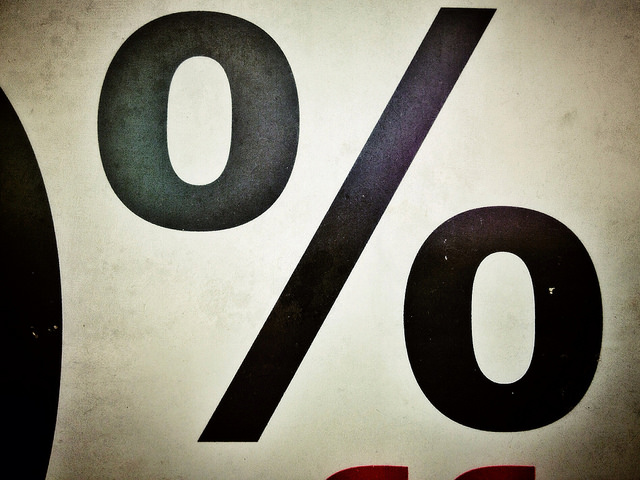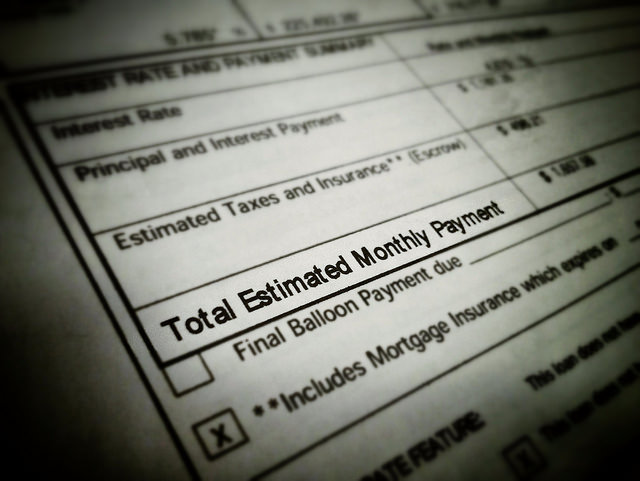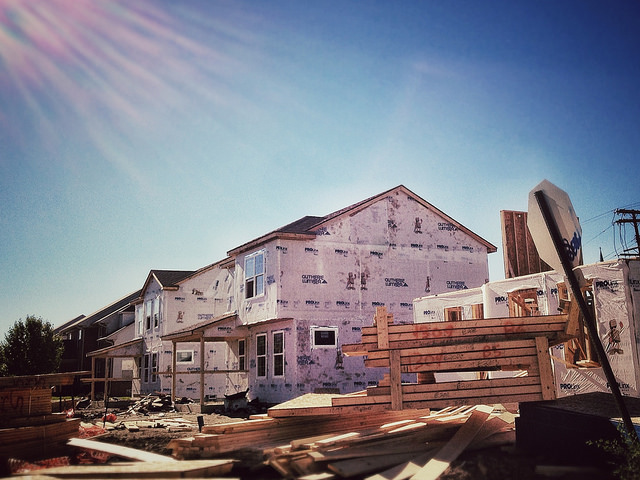New numbers from the National Association of Realtors show contracts to buy homes were 1.1 percent higher in May than the month before. Improvement was seen in three of the four major regions, with only the West seeing a slight decline. Lawrence Yun, NAR’s chief economist, says favorable mortgage rates have motivated home buyers. “Buyers, for good reason, are anxious to purchase and lock in at these rates,†Yun said. “The Federal Reserve may cut interest rates one more time this year, but there is no guarantee mortgage rates will fall from these already historically low points. Job creation and a rise in inventory will nonetheless drive more buyers to enter the market.†In short, many of the factors that help affordability and benefit buyers have improved this year, including mortgage rates, home prices, and the job market. Inventory remains the market’s main challenge but, as more homes become available for sale, buyers should see further home price moderation, less competition, and more choices.













